





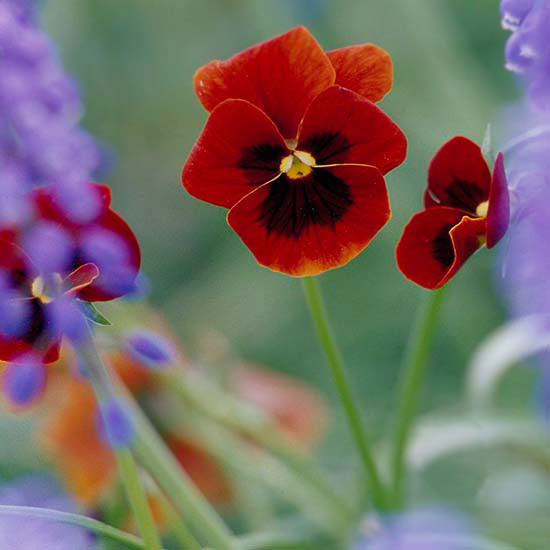
Soil conditions and the weather forecast are much more helpful than a calendar when you are determining when to plant. Trees and shrubs can be rather forgiving of planting time, but annual flowers, vegetables, and some perennials are often particular and will reward timely planting with bountiful produce and buckets of blooms.
continue reading below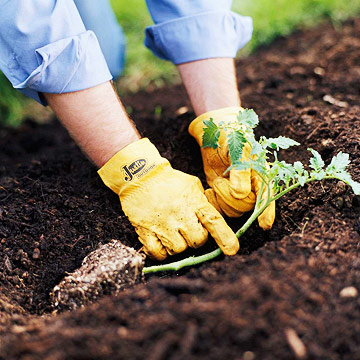 Plant tomatoes outside after the frost-free date in your area.
Plant tomatoes outside after the frost-free date in your area.
The first warm sunny day after a long winter might spur you to begin planting, but hold off. While the air temperature might be warm, the soil temperature is still probably too cool. When planted in cool soil, warm-season seeds and transplants simply try to survive. Extended damp, cool conditions bring on a host of problems. For most North Americans, spring planting occurs sometime between late February and late May.
Plant seeds and transplants of cool-season vegetables and flowering annuals before the last frost date in your area. They'll thrive once the soil reaches about 40 degrees and is fairly dry. Plant seeds and transplants of warm-season crops outdoors about two weeks after the last average frost in your area.
Climate often provides exceptions to these guidelines. For instance, if you live in South Florida, you can plant warm-season tomatoes in fall for harvest the following spring. You can't go wrong if you match the needs of the particular crop to the natural climate and weather cycles where you live.
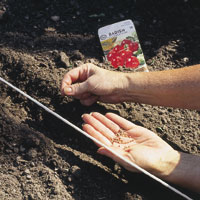
Much of the information you need about when to plant vegetables from seed, including planting time, is at your fingertips on the back of a seed packet. Seed packets detail planting spacing and planting depth as well as mature plant size. They also give an estimate of how many days from planting time that you can expect ripe produce. This is often listed as "days to maturity" on the packet. "Days to maturity" is especially helpful when planting a fall crop. For example, you can enjoy a delicious crop of spinach in September or October as long as you plant it late summer so it has time to mature before a killing freeze.
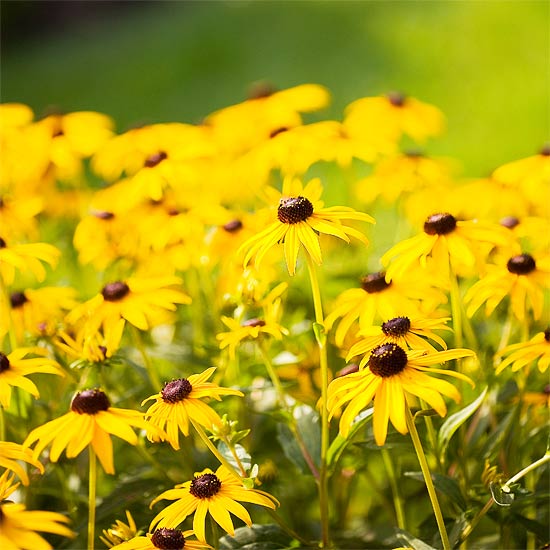
Perennial plants thrive when planted in spring. An early to mid-spring planting time gives the plants several weeks to expand their root system before the heat of summer sets in. Moisture is also more plentiful in spring, encouraging good root growth. Spring is also the optimal time to dig and divide plants. As soon as the soil can be worked in early spring, dig overgrown perennials and divide their root balls into manageable portions. Replant the divisions immediately and water well. The plants will soon overcome the stress of division and thrive.
Late summer is also a fine time to plant perennials. Refer to the average first frost date for your area before you plant. Aim to plant perennials about 8 weeks before the first average frost date. Plants have time to establish a root system and prepare for winter in the weeks leading up to frost. Be sure to water plants frequently. Moisture is often scarce in late summer and fall.
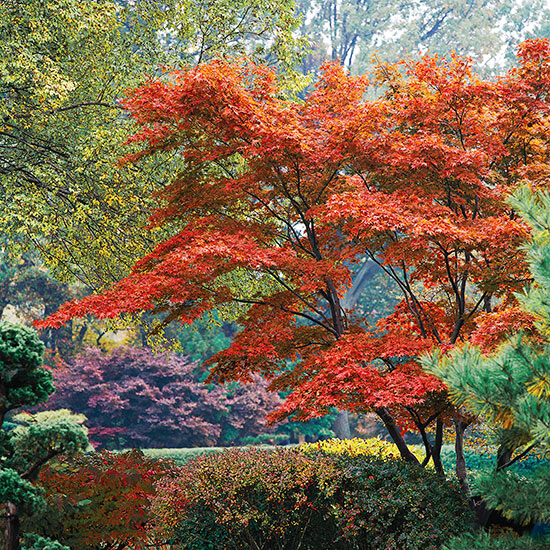
Like perennials, trees and shrubs thrive when planted in early spring. Water trees and shrubs regularly through their first growing season to encourage strong root growth. Most shrubs are resilient and grow well when planted in summer and early fall as well, provided they are watered regularly. Scientific research has proven that trees, on the other hand, do best when planted in the spring or fall. Mild temperatures and moisture in spring and fall contribute to their long-term survival.
Get more tips for planting trees and shrubs.
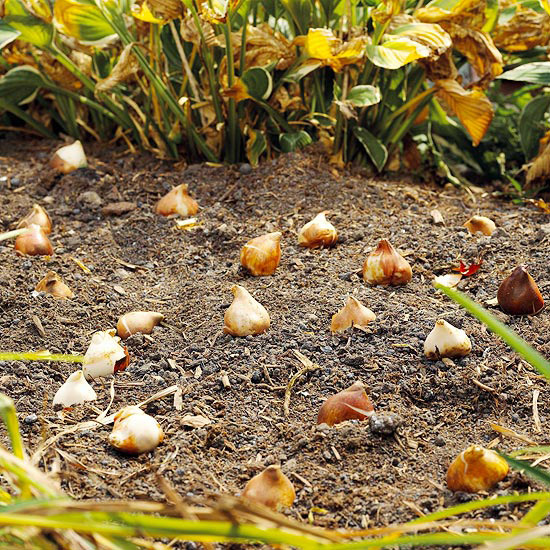
A cheerful daffodil planting in spring is a welcome sight. The preparation for brilliant spring-bulb shows takes place in the fall. Spring-blooming bulbs are planted as soon as the soil cools in fall. September and October are common planting times for tulips, daffodils, hyacinths, and a host of other spring bulbs.
Learn more about planting spring bulbs.
Summer-blooming bulbs, such as lilies and alliums, are planted in early spring. They will bloom during the following summer and for years in the future.
Discover the top summer-blooming bulbs.
Copyright © www.100flowers.win Botanic Garden All Rights Reserved